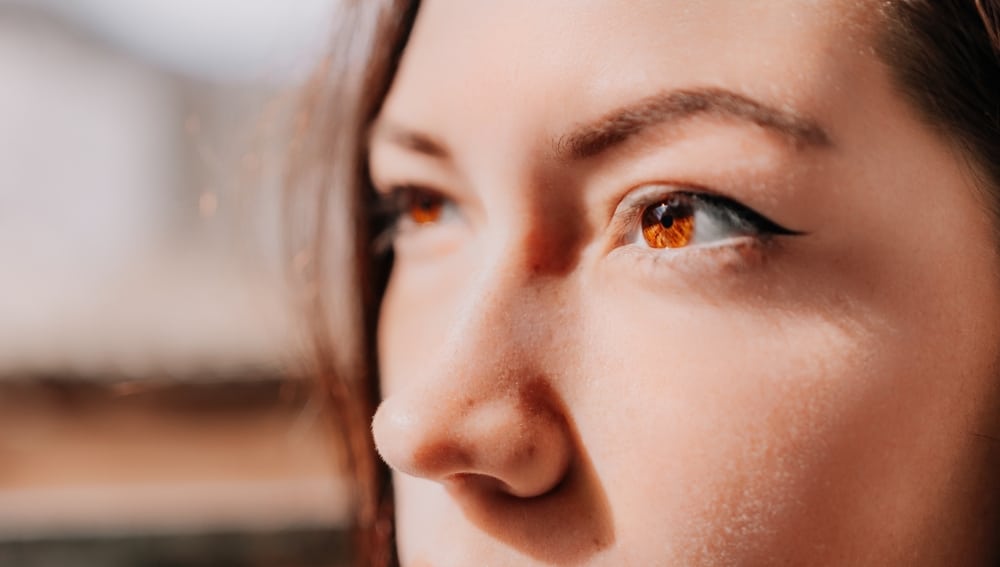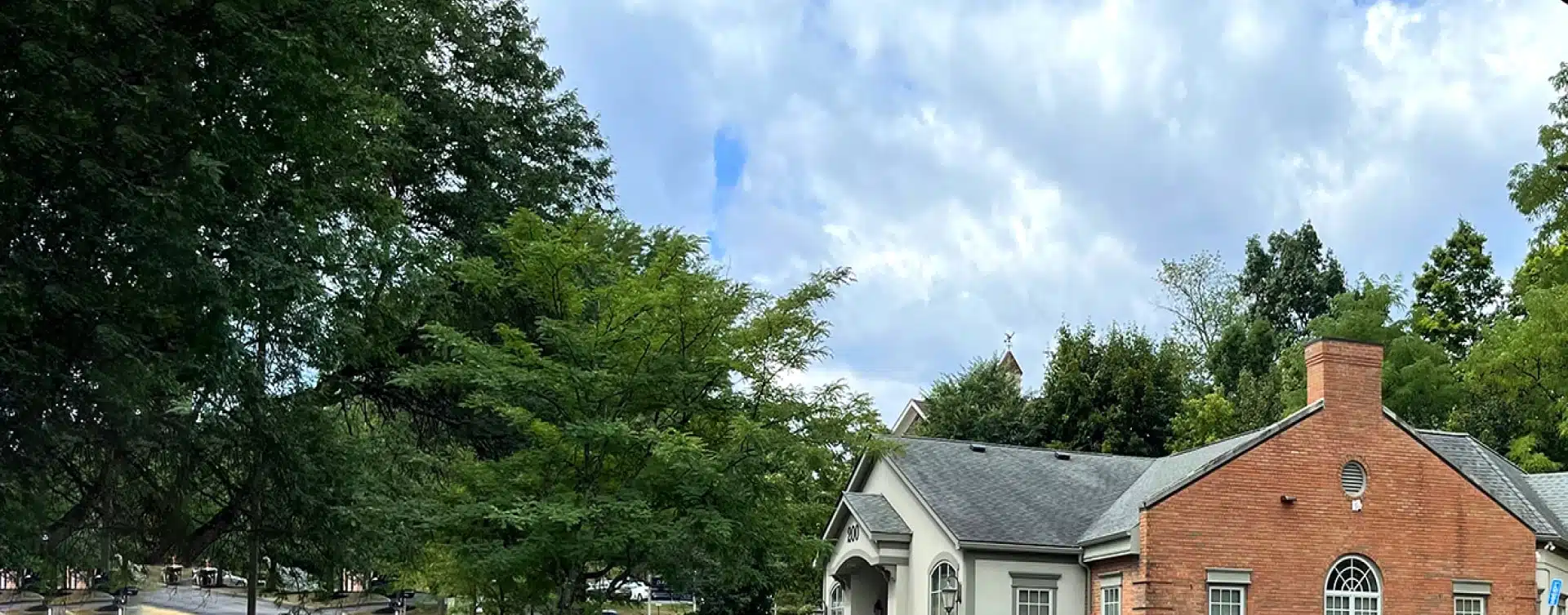Rhinoplasty alters the look or improves the function of the nose. There are various methods, and each has its purpose and outcome. Deciding which type of rhinoplasty is right for you depends on your desires and physical requirements.
Dr. Ran Y. Rubinstein, an expert in facial plastic surgery, offers a clear explanation of the choices, ranging from traditional rhinoplasty procedures to newer, less invasive alternatives. His professional advice can guide you to understand the different types of rhinoplasty and assist you in selecting the best method for enhancing your nose’s shape or assisting with better breathing functions.

Choosing Your Rhinoplasty Path
- Rhinoplasty, or nose surgery, can be tailored to meet individual aesthetic or functional needs.
- The correct type of rhinoplasty depends on your specific goals, whether changing the nose’s shape or size or improving breathing.
- Open and closed rhinoplasty are the two main techniques, each with benefits and ideal uses.
- Recovery times and post-surgery care vary by rhinoplasty type, affecting your decision on the suitable procedure.
- Consulting with a qualified surgeon is essential to discuss your expectations and determine the best approach for your rhinoplasty.
1. Open Rhinoplasty
If you’re considering a nose job, open rhinoplasty might be the right choice. This surgical procedure gives Dr. Ran Y. Rubinstein direct access to the nasal structure, making it easier to make detailed changes. It’s especially effective for enhancing the definition of the nasal tip or reshaping the nose, offering a comprehensive view of the nasal anatomy. This helps in making precise modifications, leading to more predictable outcomes.
Ideal Candidates for Open Rhinoplasty
You might be an ideal candidate for open rhinoplasty if you need significant modifications or want to correct previous surgeries. Whether you’re opting for your first nose job (primary rhinoplasty) or seeking additional procedures for enhancements or corrections, this method can provide the significant changes you’re looking for. Dr. Rubinstein works with patients who have clear expectations and definite aesthetic goals, such as improving breathing issues or achieving noticeable changes in the size and shape of their nose. Open rhinoplasty is often the preferred choice for those aiming for customized and significant improvements in their appearance.
2. Closed Rhinoplasty

Closed rhinoplasty involves incisions inside the nostrils, which means no visible scars exist. The closed technique lets the rhinoplasty surgeon shape the inside structure of the nose without leaving any external marks. It is usually chosen for minor to moderate changes because it offers quicker recovery and makes the surgery less noticeable.
Comparing Recovery Times with Open Rhinoplasty
The recovery time for this type of nose job tends to be shorter than for open rhinoplasty. This difference comes from not having an outside incision, which helps reduce swelling and bruising. Rhinoplasty patients should talk with their surgeon to see if closed rhinoplasty meets their needs, whether for functional rhinoplasty or other types of rhinoplasties aimed at improving the nose’s look.
Start Your Journey to Success, Don’t Wait More!
Join our satisfied clients who’ve experienced safe, effective treatments.
3. Revision Rhinoplasty
Revision rhinoplasty, or secondary rhinoplasty, is aimed at those unhappy with their previous rhinoplasty results. It tackles issues like nasal asymmetry, nasal breathing issues, crooked nose, or unhappiness with how their nose shape looks. Because revision rhinoplasty fixes changes made during the first surgery, it counts as one of the more complex rhinoplasty surgeries, needing a careful and skilled approach.
What to Expect During Recovery
The recovery process from revision rhinoplasty procedures can be different for everyone. Given these operations are usually more involved than the first rhinoplasty, the time to heal may be longer. It’s vital for patients to stick to their post-surgery instructions. Expect swelling and bruising, which should lessen over time, gradually revealing the nose’s new shape.
Candidates for revision rhinoplasty might notice that the surgery’s costs are higher due to its corrective and complex nature. However, many find that the chance to get the results they were hoping for is worth the extra expense.

4. Non-Surgical Rhinoplasty
Quick Fixes with Dermal Fillers
Non-surgical rhinoplasty is a cosmetic procedure that uses dermal fillers for minor reshaping. Also known as filler rhinoplasty or liquid rhinoplasty, it offers a fast alternative to more invasive surgeries. This method involves injectable fillers that help shape the nose without the need for cutting or significant downtime. It is particularly effective for correcting minor issues such as a dorsal hump or creating a sharper nose appearance. Unlike a traditional nose job, this procedure is less invasive and has a quicker recovery time.
Limitations and Longevity
While there are advantages, it’s essential to recognize the limitations and longevity of the results. Using dermal fillers in non-surgical rhinoplasty does not allow for significant nose reshaping or improvements in breathing functions. Furthermore, the outcome is not permanent; regular treatments are needed to maintain the desired appearance. It is also less effective for those seeking changes to more complex nose structures or aiming for a straighter nose. Individuals with an elongated nose might find the results less satisfactory than traditional surgical options.
5. Ethnic Rhinoplasty
Preserve your Cultural Identity
Ethnic rhinoplasty improves the nose’s look while preserving important cultural features. It considers the patient’s heritage, ensuring changes harmonize with their ethnic background. This surgery is crucial for individuals aiming to preserve their cultural identity.

Tailoring Techniques to Diverse Nasal Structures
Ethnic rhinoplasty specialists consider the varied nasal structures across different ethnic groups, understanding everyone’s nasal anatomy is unique. For example, Asian noses typically have a flatter nasal bridge, necessitating a different approach than noses of African or Mediterranean descent.
Focusing on the nasal bridge and overall nasal structures ensures the surgery is customized. Surgeons choose types of rhinoplasty procedures that respect each person’s unique nasal anatomy. They aim for results that balance aesthetics with cultural heritage preservation.
6. Functional Rhinoplasty
Combining Cosmetic and Functional Correction
Functional rhinoplasty serves dual purposes: improving the nose’s look and fixing internal problems. It does this by making adjustments to the nose and the nasal septum. By working on both the outside and the inside of the nose, septorhinoplasty changes how the nose looks and improves how well it works, making breathing easier.
Adjusting the nasal cavity’s structure addresses problems directly at their source. This method is known as structural rhinoplasty. It focuses on fixing the nasal cavity’s internal issues for better function.
Recovery Process and Outcomes
After a septorhinoplasty, patients undergo a carefully monitored recovery. This ensures that the shape outside and the structures inside the nose heal as they should.
Once the swelling goes down, many find they breathe better and are happier with how their nose looks. The goal is to have these changes last, bringing long-term improvements in the nose’s functions and appearance. For those with nasal deformity, reconstructive rhinoplasty offers a solution to restore normal function and aesthetics.
Matching Your Needs to the Right Rhinoplasty Type
Choosing rhinoplasty involves more than just deciding to have surgery; it’s about matching the procedure to what you need and want. Different rhinoplasty types are available, each designed to address specific concerns and expectations. When considering which approach might be best for you—open or closed rhinoplasty—it’s essential to consider your individual goals.
Talk with a specialist who can help you understand your unique facial features and what you hope to achieve. A clear idea of your desired outcome should inform the choice between the different types of rhinoplasty. It’s not just about the procedure but also ensuring the type of rhinoplasty you pick aligns well with your aesthetic goals.
Since rhinoplasty is a big decision, it must fit your personal needs. Dr. Ran Y. Rubinstein, a board-certified facial plastic surgeon, offers years of experience in facial aesthetic surgery and is dedicated to achieving natural-looking outcomes. He strongly emphasizes educating his patients fully and providing expert care.
Dr. Rubinstein’s practice at Laser & Cosmetic Surgery Specialists in New York aims to help you understand your rhinoplasty options clearly. Schedule a consultation to discover the best solution for your rhinoplasty needs.
